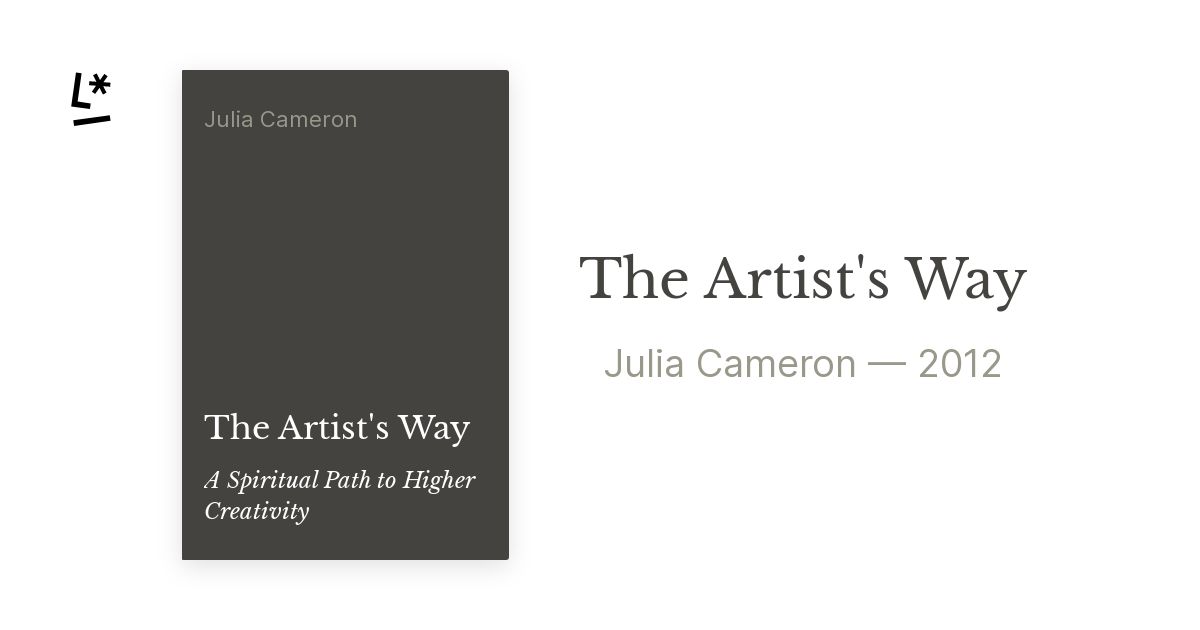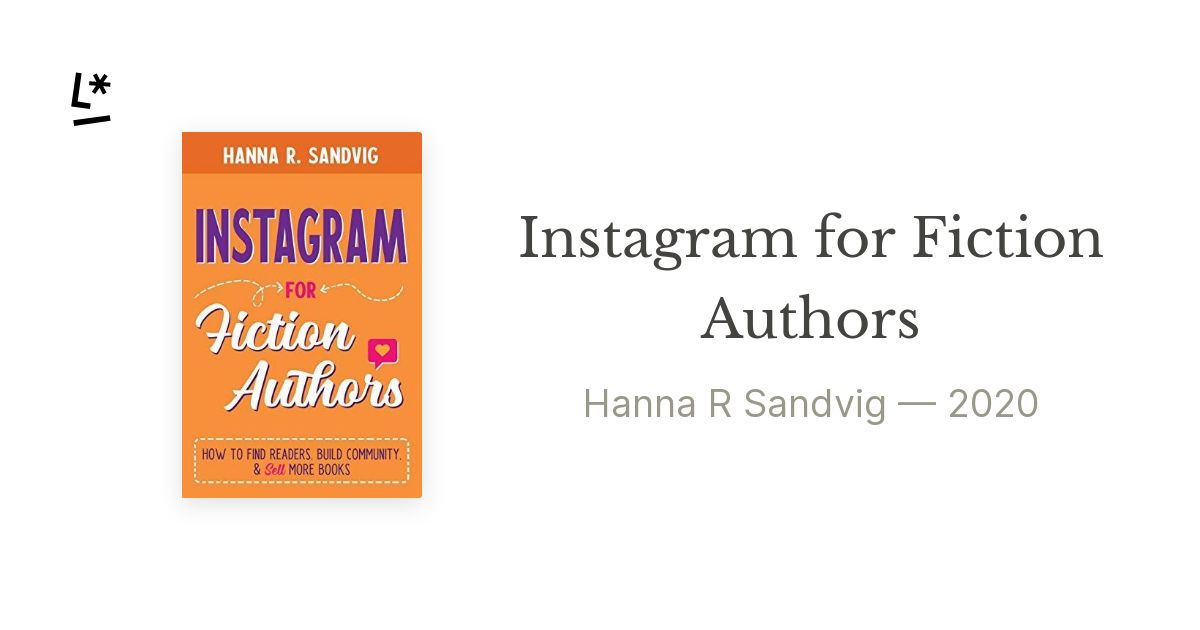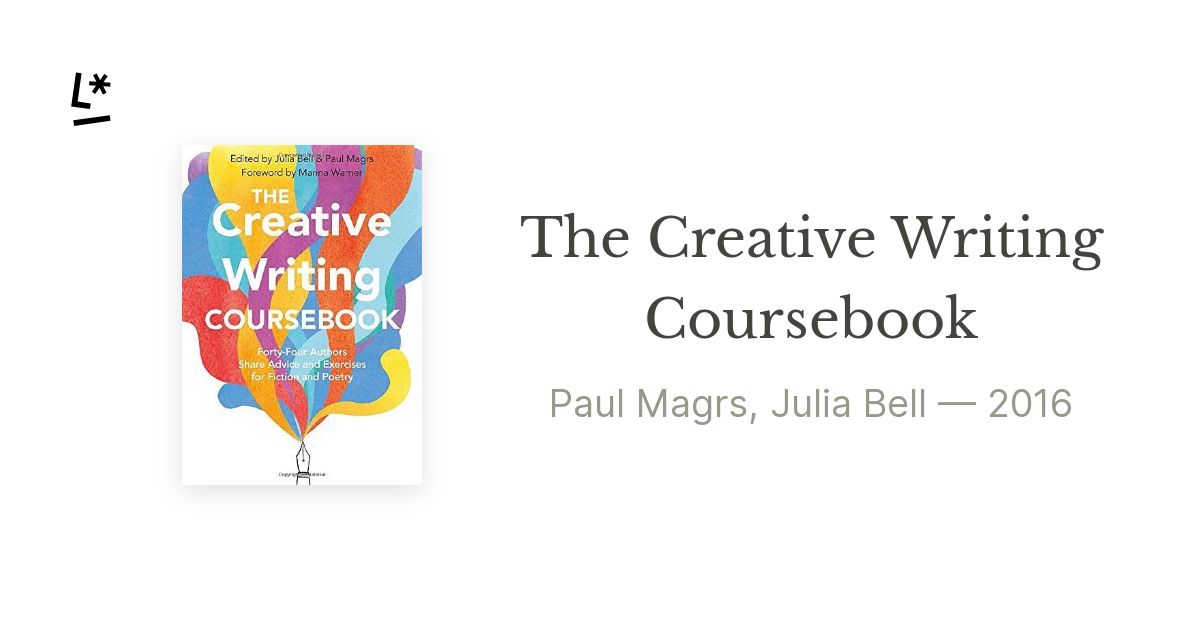
There’s an abundance of self-help writing books out there addressing a lot of different issues: How to tap into your potential, how to channel your creativity or to improve your social media game, you name it. Here are three books that might be interesting to fellow authors (and those who are searching for writing inspiration).
THE MULTI-MILLION-COPY WORLDWIDE BESTSELLER Since its first publication, The Artist’s Way has inspired the genius of Elizabeth Gilbert, Tim Ferriss, Reese Witherspoon, Kerry Washington and millions of readers to embark on a creative journey and find a deeper connection to process and purpose. Julia Cameron guides readers in uncovering problems and pressure points that may be restricting their creative flow and offers techniques to open up opportunities for growth and self-discovery. A revolutionary programme for personal renewal, The Artist’s Way will help get you back on track, rediscover your passions, and take the steps you need to change your life.
I kept nodding the whole time while reading because I found myself in so many scenarios described by Julia Cameron. The book is split into a 12-week program, which goes from recovering a sense of safety to recovering a sense of faith, and helps readers to be protective about their artistic skills and to make the most of their potential. Every week offers exercises intending to unblock creative minds. I can recommend this book to every (blocked) artist and those drawn to an artistic lifestyle.
To connect to the artist within, Cameron offers two exercises that should be done every day or every week during the 12-week program: morning pages and artist dates. The author recommends taking time every morning to write down whatever comes to your mind, even if nothing does, you write down exactly that. Sounds like a lot of work and frankly, it is, but sitting down and dumping all the thoughts spooking around in your mind can be very relieving.
Writing these morning pages takes approximately 15 to 20 minutes and they are a nice way to properly wake up. If you let it flow, there will be a lot of insights into these thoughts that help you to gain access to your creativity. Apart from that, Cameron urges every artist to go on artist dates by themselves. These dates can be any activity that you enjoy. Most important rule: Don’t bring anyone along! Just be on your own, collect impressions undisturbed and in whichever way you like. An artist date can be going for a walk, visiting your favourite bookstore or just cooking a nice meal for yourself. Being in the moment, even for only one hour per week, can help you gain new insights.
Is Instagram sucking up your precious writing time and giving nothing in return? Or are you sitting on the sidelines wanting to use Instagram, but you don’t know where to start? Hanna Sandvig successfully launched her debut novel using the strategies and tricks laid out in this book. After spending three years studying the most effective ways to use Instagram as an author, she’s now here to take you down the fast track so you can become an insta-expert in a weekend. In addition to her knowledge, Hanna has included interviews with 30 authors and influencers who are killing it on Instagram. Learn their approaches and come up with a plan that suits your genre and personality.
Bookstagram has the power to make or break a writer or his or her books. Readers are curious to see what’s going on in the life of the writer. Having an author Instagram page is great and fun but also a lot of work. This book is an easy-to-read introduction to Instagram and contains many interesting interviews with authors that produce content that readers love. Every interview contains the Instagram handle, which makes it easy to check out the author feed right when reading. An inspiring insight on how to create posts and an encouragement to try out new styles.
I particularly enjoyed reading about the learnings that different authors had with their Instagram accounts. Unfortunately, there’s not really a best practice that other writers can adapt to be more engaging online. Every account is as unique as its owner is, with some of them planning postings well in advance, while others are trying to be a bit more spontaneous. All of the authors featured in this book are successful, with or without a thought-through posting regime. That means for me that in the end, this book contains a lot of ideas and different viewpoints that I would not want to miss out on, but that I still have to figure out a right way for myself and my account.
The Creative Writing Coursebook, edited by Julia Bell and Paul Magrs, takes aspiring writers through three stages of essential practice: Gathering – getting started, learning how to keep notes, making observations and using memory; Shaping – looking at structure, point of view, character and setting; and Finishing – being your own critic, joining workshops and finding publishers. Fully updated and including a foreword by Marina Warner and contributions from forty-four authors such as Kit de Waal and Amy Liptrot, this is the perfect book for people who are just starting to write as well as for those who want some help honing work already completed. Filled with a wealth of exercises and activities, it will inspire budding writers to develop and hone their skills. Whether writing for publication, in a group or just for pleasure this comprehensive guide is for anyone who is ready to put pen to paper.
This coursebook takes the reader on a journey, from starting to getting an agent. Every chapter offers advice from different contributors, alongside fun (and sometimes awfully hard) exercises, that for instance help you make your characters more life-like or get more comfortable with different viewpoints. The book’s main focus is fiction and poetry (a great combination) but might be interesting to anyone who has to think about different storylines or viewpoints in their profession.
I very much enjoyed the chapter about plotting a novel, as I have a hard time planning a plot well in advance. This chapter showed a way of not only setting cornerstones and let the story gravitate towards them (either in a straight line or in a detour) but to think about it even a bit more from a reader’s perspective. After introducing the different types of plots the book is diving into articles about narrative structures and plotting, alongside exercises like constructing a quest narrative around an object. Sounds hard? It sure is.
Got any suggestions on books for writers? We’d be happy to hear about them!




